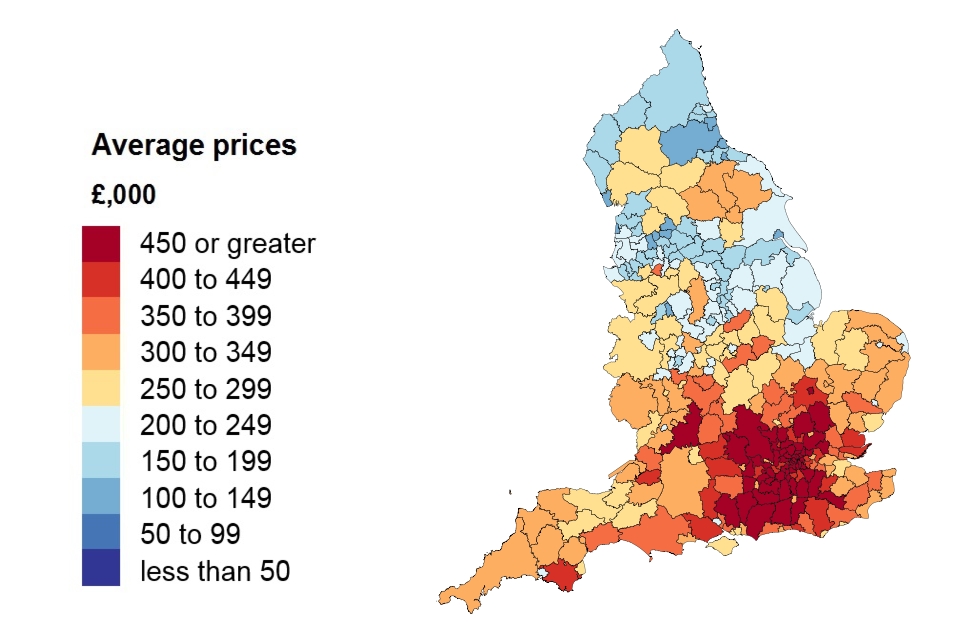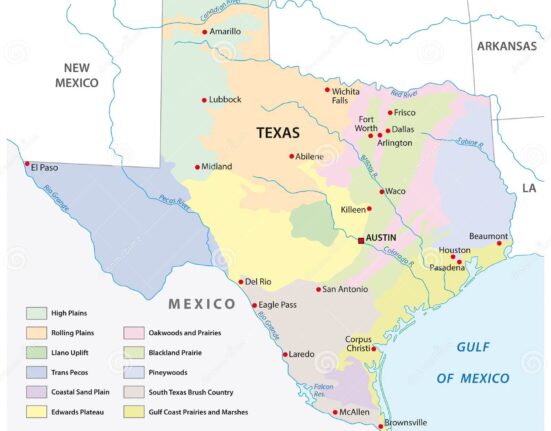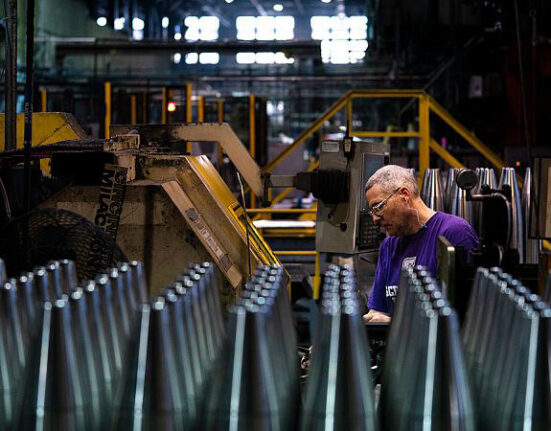In the ever-evolving landscape of the UK housing market, one question seems to linger on everyone’s mind,
“What’s the average UK house price?”
The latest market data for May paints a picture of resilience amidst various trends and factors affecting the real estate industry.
As prospective buyers and sellers navigate through the uncertainties of economic fluctuations and changing consumer behaviors, understanding the dynamics of house prices becomes crucial. The May market data offers valuable insights into this aspect, shedding light on how the housing sector is faring in the current climate.
While headlines capture attention with their bold statements, delving deeper into the nuances reveals a more intricate tapestry of factors influencing property prices across different regions. Expert analysis suggests that amidst external pressures such as economic indicators, supply and demand dynamics, and government policies, there exists a delicate balance that shapes the trajectory of house prices.
One key trend highlighted in the recent data is the resilience displayed by average house prices despite external challenges. This resilience can be attributed to several underlying factors working in conjunction to stabilize the market and instill confidence among investors and homeowners alike.
Experts point out that while certain regions may experience fluctuations or subdued growth rates, overall stability in average house prices indicates a level of maturity in the market. This maturity acts as a buffer against drastic downturns or speculative bubbles, safeguarding both buyers and sellers from volatile swings.
In essence, behind every statistical figure lies a story—a narrative woven by economic forces, societal trends, and individual choices. As individuals ponder over property investments or contemplate selling their homes, they are essentially contributing to this larger narrative that defines the pulse of the housing market.
The concept of deceased donation in Central Asia has been grappling with its own set of challenges when compared to other regions. Experts suggest that cultural beliefs surrounding death and organ donation play a significant role in shaping attitudes towards deceased donation practices.
One expert shares insight on this issue stating:
“Cultural norms deeply influence perceptions around deceased donation in Central Asia. Addressing these beliefs requires not just policy changes but also community engagement initiatives aimed at fostering awareness and understanding.”
As discussions around deceased donation continue to evolve globally, each region faces unique hurdles based on its cultural fabric and societal norms. Understanding these nuances is pivotal in designing effective strategies to promote deceased donation practices while respecting diverse belief systems.
In conclusion, delving into topics like average house prices and deceased donation brings us face-to-face with complex realities shaped by multifaceted influences. By unraveling these intricacies and engaging in meaningful dialogues, we pave the way for informed decisions that resonate with both individual aspirations and collective well-being.









Leave feedback about this